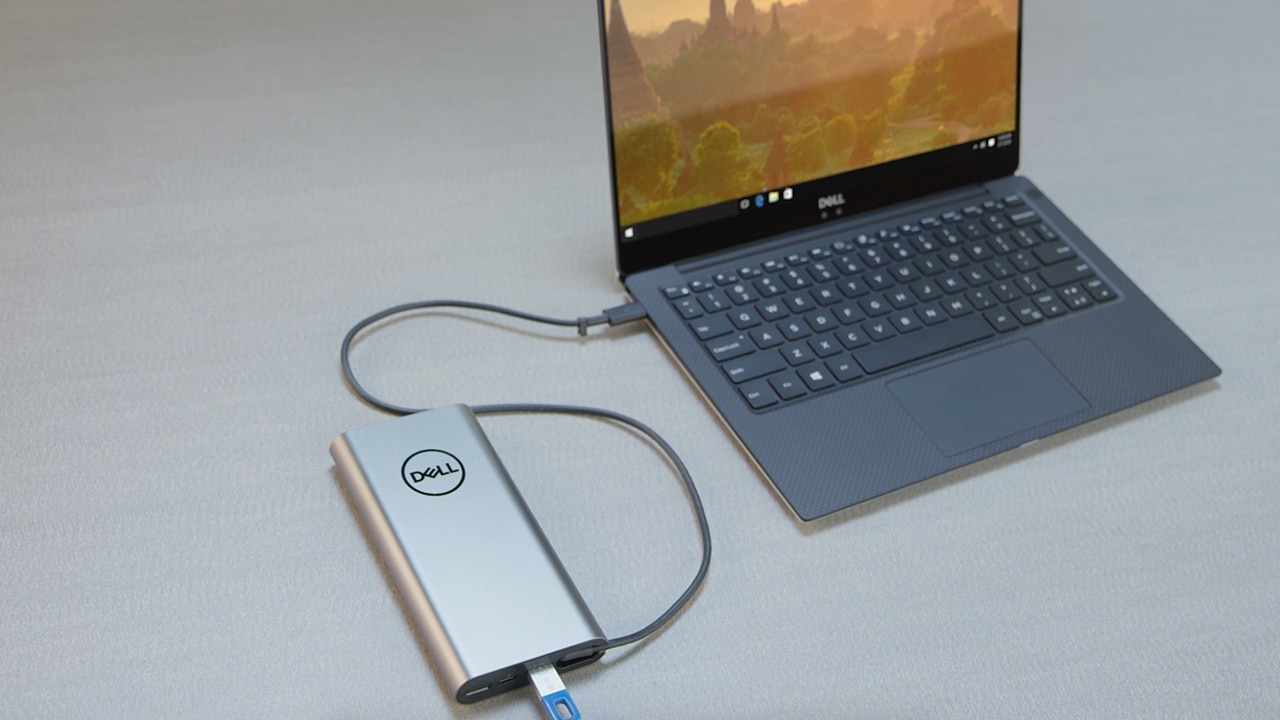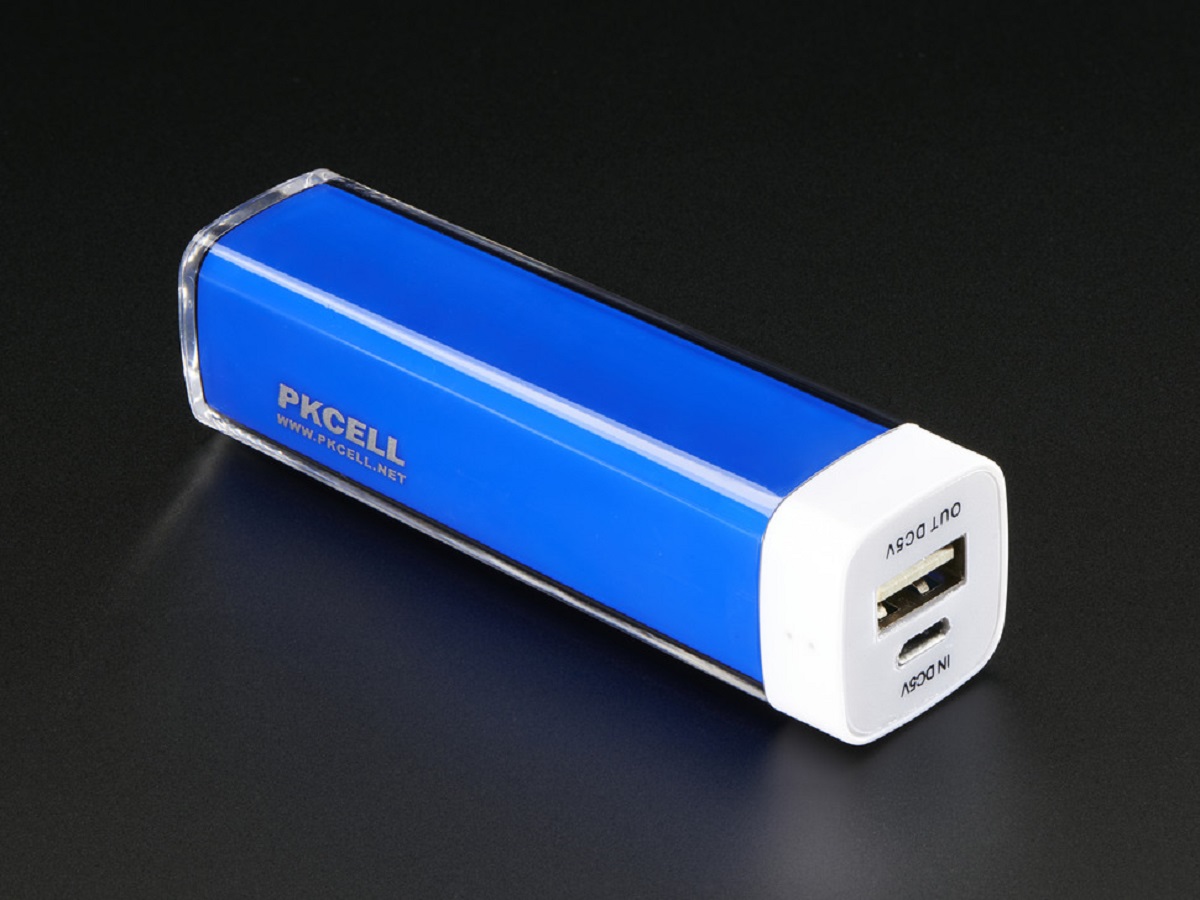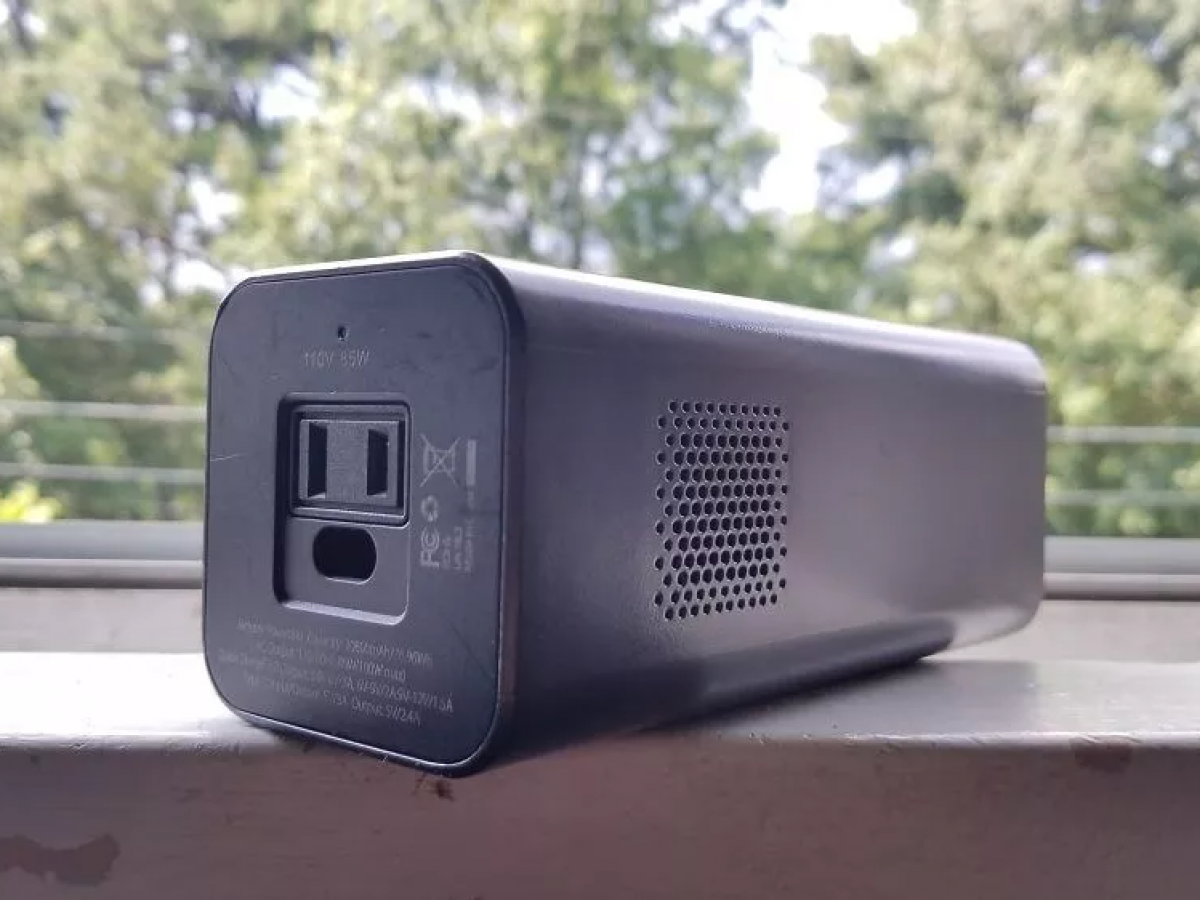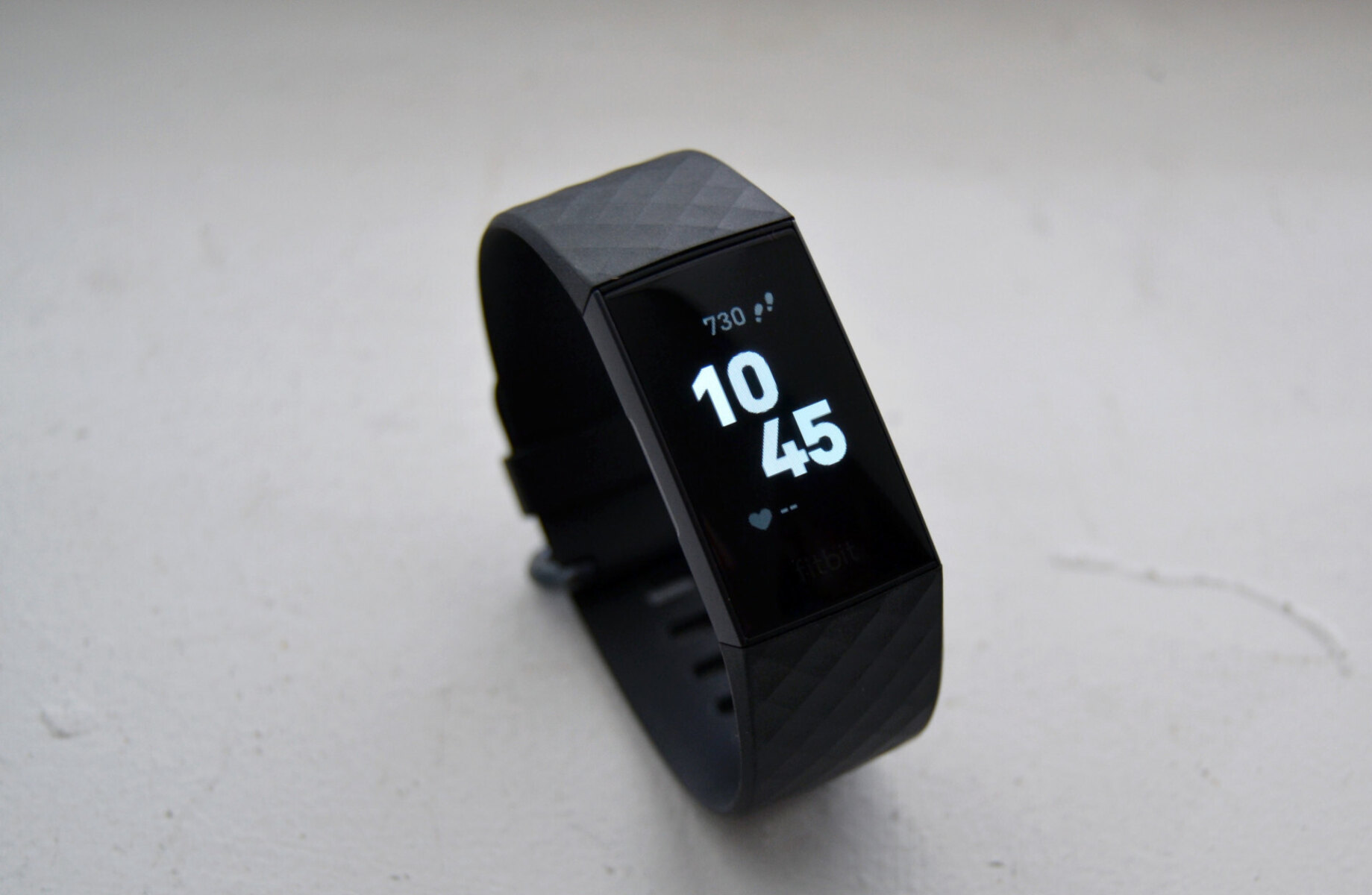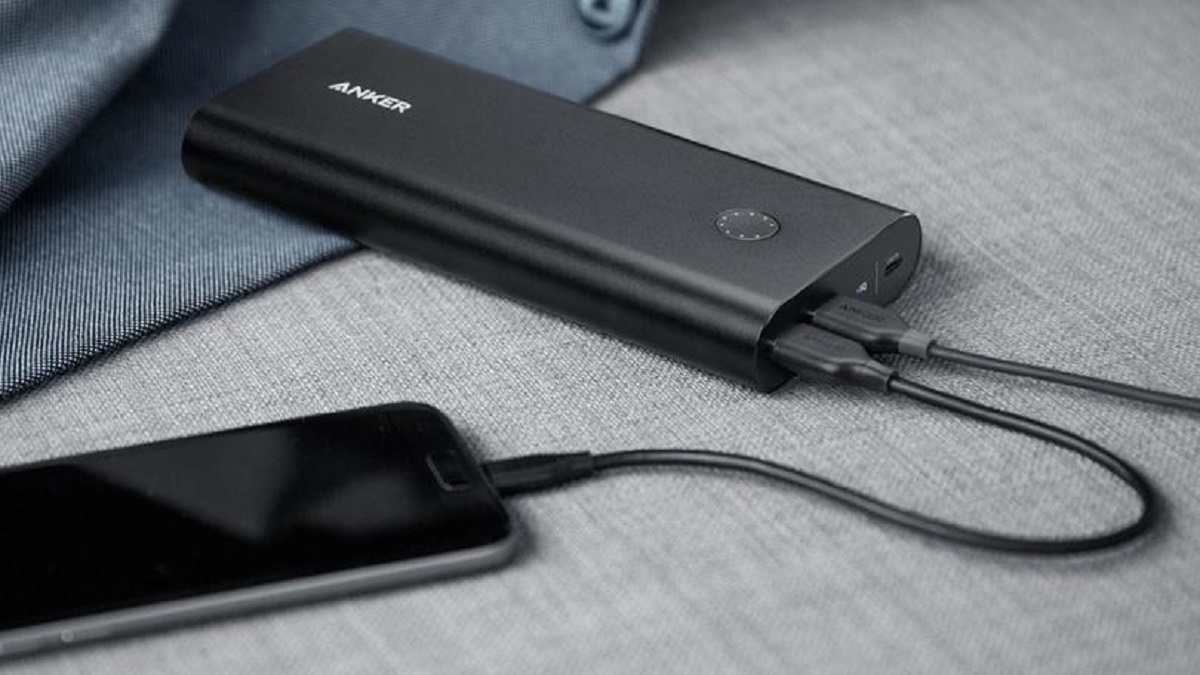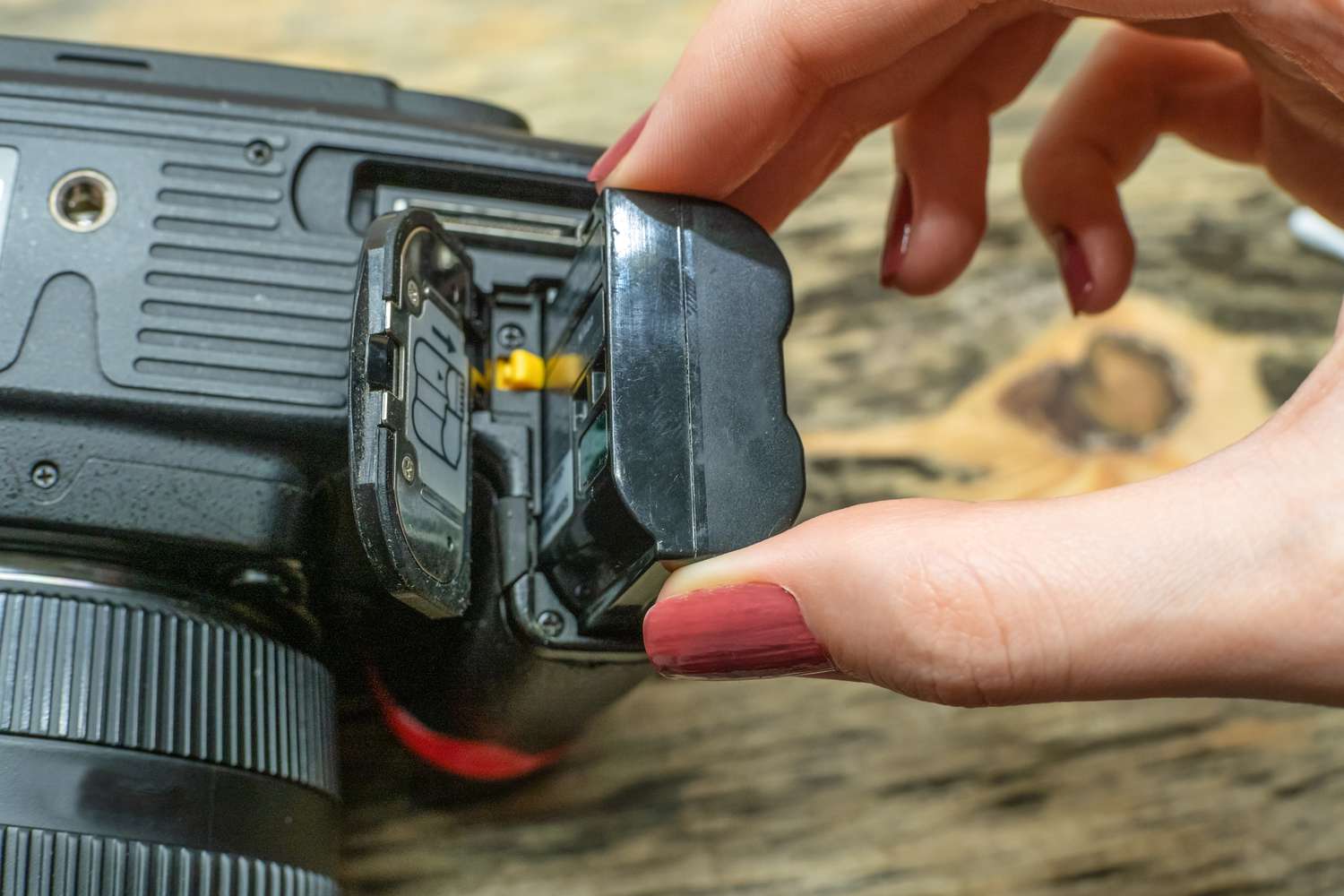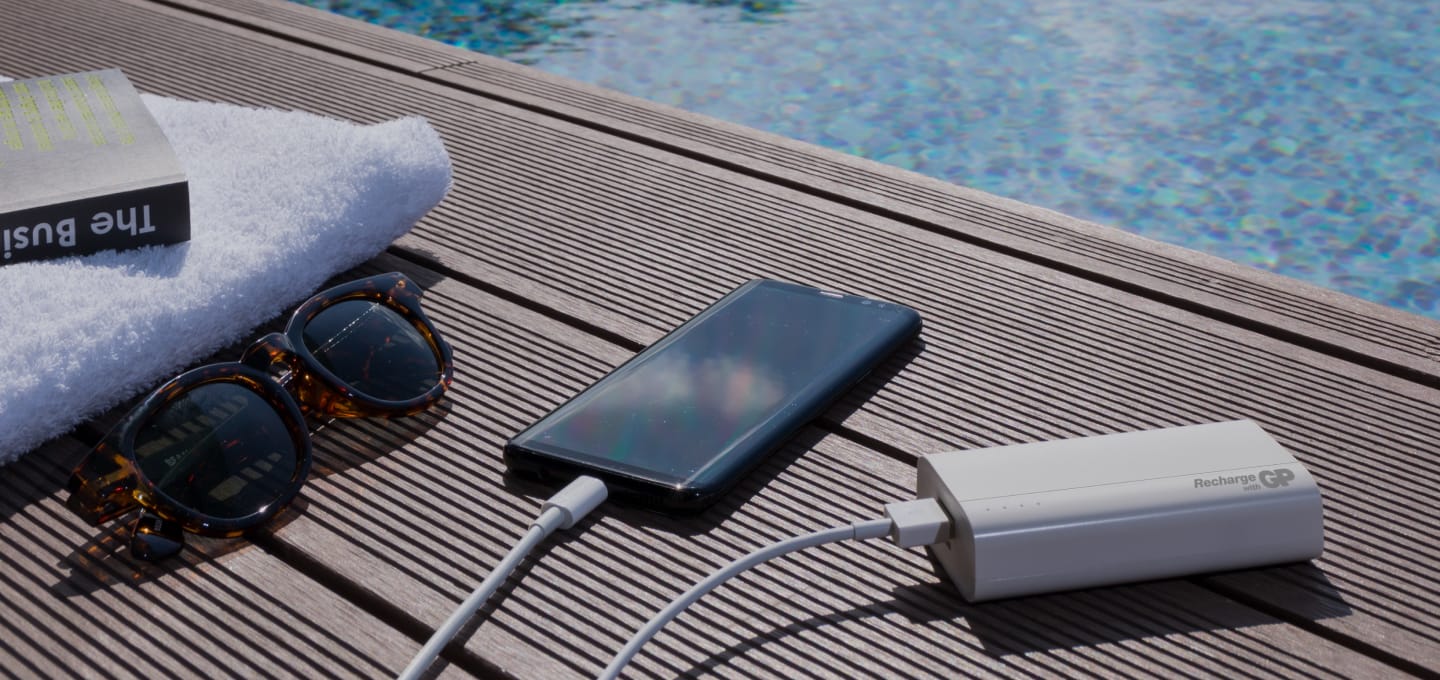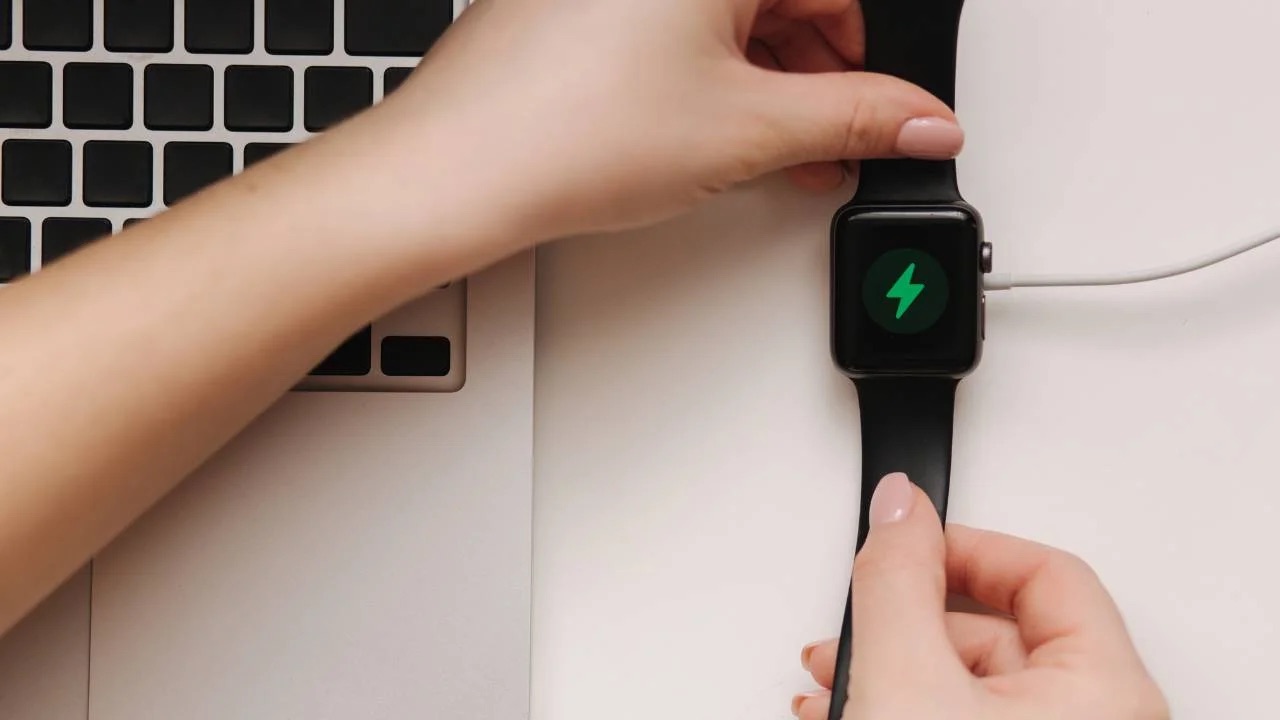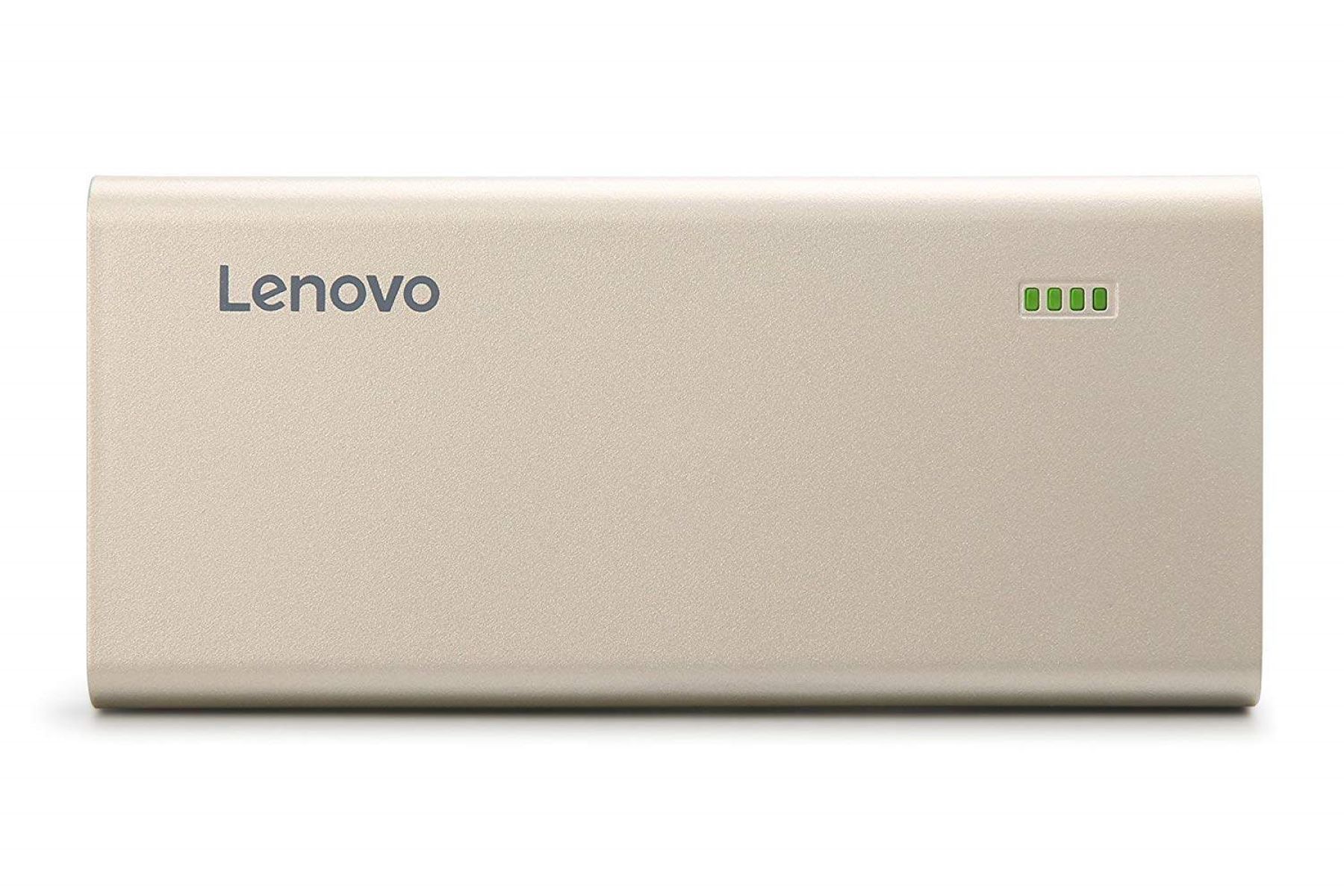Introduction
Welcome to our guide on how to charge your laptop with a power bank. In today’s fast-paced world, having a reliable and portable power source for your laptop is essential. Whether you’re on the go, traveling, or experiencing a power outage, a power bank can be a lifesaver in keeping your laptop up and running.
With advancements in technology, power banks have become more efficient and powerful, making it easier than ever to charge not only your smartphone but also larger devices like laptops. However, it’s important to understand the specific power requirements of your laptop and select the right power bank to ensure compatibility and optimal charging.
In this guide, we will explore the factors to consider when choosing a power bank, how to effectively charge your laptop with a power bank, and some useful tips and best practices to ensure a seamless experience. By the end of this article, you’ll have all the knowledge you need to confidently power up your laptop wherever you are.
So, without further ado, let’s dive into the world of laptop power banks and discover how to keep your laptop charged on the go!
Understanding Laptop Power Requirements
Before we delve into the world of power banks, it’s essential to understand the power requirements of your laptop. Every laptop has a specific power rating, typically measured in volts (V) and amps (A). These specifications determine the type of power bank you need to charge your laptop effectively.
The first thing to consider is the voltage requirement. Most laptops operate on a voltage range of 14V to 20V, so it’s crucial to choose a power bank that can match or exceed this voltage range to ensure compatibility. Using a power bank with a lower voltage output may not deliver sufficient power to charge your laptop or could even damage it.
The next consideration is the amperage requirement. Amperage refers to the amount of current flowing into your laptop. Different laptops have different amperage requirements, typically ranging from 2A to 6A. It’s important to select a power bank that can provide the necessary amperage to meet your laptop’s charging needs. Using a power bank with lower amperage may result in slower charging or inadequate power supply to your laptop.
Additionally, it’s worth checking the charging port of your laptop. Some laptops have specific charging port types such as USB-C, while others may use a traditional AC adapter. Ensure that your power bank has the appropriate charging cable and connectors to fit into your laptop’s charging port.
One crucial factor to keep in mind is the power bank’s capacity, which is measured in milliampere-hours (mAh) or watt-hours (Wh). The larger the capacity, the more energy the power bank can store. It’s advisable to choose a power bank with a capacity that exceeds your laptop’s battery capacity to ensure that it can charge your laptop fully at least once.
Understanding your laptop’s power requirements is crucial for selecting the right power bank. Take the time to check your laptop’s specifications, including voltage, amperage, and charging port type, before purchasing a power bank. This step will ensure that you find a power bank that is compatible with your laptop and can provide the necessary power for reliable and efficient charging.
Selecting the Right Power Bank
Now that you understand your laptop’s power requirements, it’s time to select the right power bank that can meet those needs. Here are some key factors to consider when choosing a power bank:
- Capacity: The capacity of a power bank determines how much charge it can provide. Look for a power bank with a capacity that matches or exceeds your laptop’s battery capacity. This ensures that you can fully charge your laptop at least once before needing to recharge the power bank itself.
- Voltage Output: Ensure that the power bank’s voltage output matches or exceeds your laptop’s voltage requirement. Using a power bank with a lower voltage output could result in slower charging or inadequate power supply.
- Amperage Output: Check that the power bank’s amperage output is suitable for your laptop’s charging needs. It should meet or exceed your laptop’s amperage requirement to ensure efficient and reliable charging.
- Portability: If you’re looking for a power bank to use on the go, consider its size and weight. Look for a compact and lightweight option that easily fits into your bag or pocket without adding unnecessary bulk.
- Multiple Ports: If you have other devices, such as smartphones or tablets, that you also want to charge on-the-go, consider a power bank with multiple output ports. This allows you to charge multiple devices simultaneously, saving you time and effort.
- Charging Time: Look for a power bank that offers fast charging capabilities. Some power banks come with technologies like Quick Charge or Power Delivery, which can significantly reduce the charging time for your laptop.
- Build Quality and Safety Features: Ensure that the power bank is made of durable materials and has built-in safety features to protect your laptop and the power bank itself from overcharging, overheating, or short circuits.
By considering these factors, you can find the right power bank that meets your specific laptop charging requirements. Take your time to research and read reviews of different power bank models to ensure that you make an informed decision.
Remember, selecting the right power bank is essential for a reliable and efficient charging experience. So, choose wisely to keep your laptop powered up no matter where you are!
Charging Your Laptop with a Power Bank
Now that you have selected the right power bank, it’s time to learn how to effectively charge your laptop using it. Follow these steps to ensure a smooth and successful charging process:
- Ensure the Power Bank is Charged: Before connecting your laptop to the power bank, ensure that the power bank itself is fully charged. Plug it into a power source using the provided charger and let it charge until all the indicator lights show a full charge.
- Connect the Power Bank to Your Laptop: Using the appropriate charging cable and connectors, connect one end of the cable to the output port of the power bank and the other end to your laptop’s charging port. Ensure the connection is secure.
- Power on the Power Bank: Some power banks have a power button or switch to activate the charging output. Press the power button to start the charging process. Check the power bank’s indicator lights to confirm that it is delivering power to your laptop.
- Monitor the Charging Process: Keep an eye on your laptop’s battery indicator or the power bank’s indicator lights to track the progress of the charging process. It’s normal for the power bank to discharge slightly as it transfers energy to your laptop.
- Avoid Using Your Laptop While Charging: To maximize the charging speed, avoid using your laptop while it is connected to the power bank. Close unnecessary applications and put your laptop in sleep or hibernate mode to conserve power.
- Disconnect and Power off the Power Bank: Once your laptop is adequately charged or when you no longer need to use the power bank, disconnect it from your laptop and power it off. This helps conserve the power bank’s battery for future use.
Keep in mind that the charging time may vary depending on the capacity and output of the power bank, as well as the battery capacity of your laptop. It’s essential to refer to the manufacturer’s instructions for recommended charging times and other specifications.
By following these steps and taking the necessary precautions, you can effectively charge your laptop with a power bank and ensure that you have a reliable power source when you need it most.
Tips and Best Practices
To ensure the best experience when charging your laptop with a power bank, consider the following tips and best practices:
- Choose a high-quality power bank: Investing in a reputable and reliable power bank will ensure better performance and safety. Look for power banks from trusted brands with positive customer reviews.
- Keep your power bank and laptop cool: Excessive heat can affect the charging speed and efficiency. Avoid exposing your power bank and laptop to direct sunlight or high temperatures during the charging process.
- Use the provided charging cables: Stick to the charging cables and connectors that are recommended or provided by the power bank manufacturer. Using mismatched or low-quality cables can affect the charging speed and safety.
- Regularly test and maintain your power bank: Perform occasional check-ups on your power bank to ensure that it is functioning optimally. Inspect the cables, connectors, and charging ports for any damage, and replace them if necessary.
- Charge your power bank regularly: To keep your power bank ready for use, make it a habit to recharge it regularly, even when you’re not using it. This will help maintain its battery life and ensure it’s always ready when you need it.
- Carry a portable surge protector: Using a surge protector between your power bank and laptop can protect your devices from unexpected power surges and fluctuations, ensuring a safe and stable charging process.
- Optimize your laptop’s power settings: Adjusting your laptop’s power settings can help conserve battery life and maximize the usage time while using a power bank. Lower the screen brightness, close unnecessary applications, and disable features like Wi-Fi and Bluetooth when not needed.
- Consider a power bank with pass-through charging: Some power banks allow you to charge them while simultaneously charging your laptop. This convenient feature ensures that both your power bank and laptop are charged and ready for use when needed.
By following these tips and best practices, you can ensure a more efficient, safe, and reliable charging experience with your power bank and laptop. Remember to prioritize safety and choose the best options that suit your specific needs.
Conclusion
Charging your laptop with a power bank provides convenience and peace of mind, allowing you to stay connected and productive even when you’re on the go or facing a power outage. By understanding your laptop’s power requirements and selecting a suitable power bank, you can ensure a reliable and efficient charging experience.
Remember to consider factors such as capacity, voltage, amperage output, and portability when choosing a power bank. Prioritize quality, safety, and compatibility to ensure optimal performance and protect your laptop from damage.
When it comes to charging your laptop with a power bank, follow the recommended steps of connecting the power bank, monitoring the charging process, and disconnecting the power bank once your laptop is adequately charged. By adhering to these guidelines, you can harness the full potential of your power bank and keep your laptop powered up whenever and wherever you need it.
Additionally, implementing the tips and best practices mentioned in this guide, such as using high-quality cables, maintaining your power bank, and optimizing your laptop’s power settings, will enhance your overall charging experience and prolong the lifespan of your devices.
Now that you have the knowledge and insights on how to charge your laptop with a power bank, you can confidently go forth and make the most of this portable power solution. Stay connected, stay productive, and never worry about running out of battery again!







